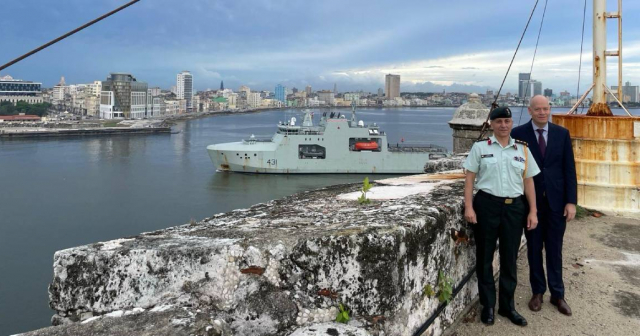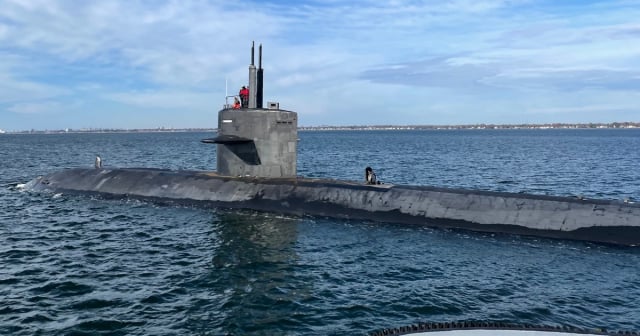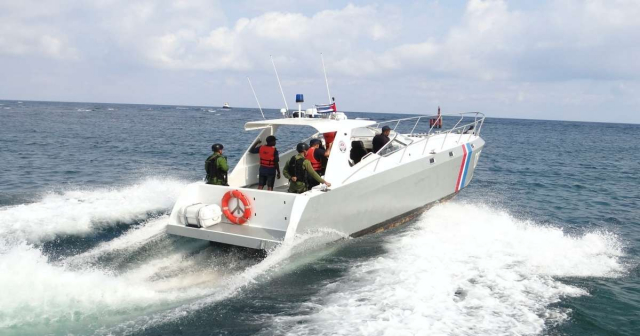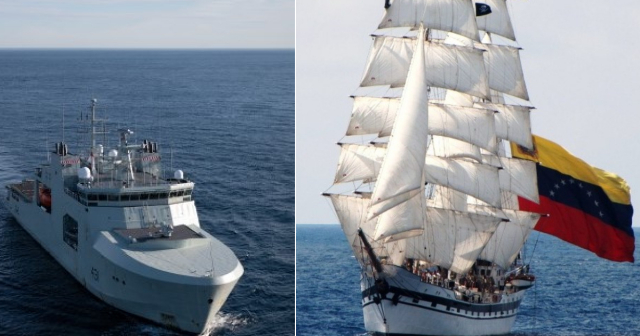
The CNN correspondent in Cuba, Patrick Oppmann, boarded the Russian frigate Admiral Gorshkov, which has been in Havana since Wednesday, as part of the official visit being carried out by a Russian war flotilla to the island.
The journalist, who has been living in Cuba for 12 years, claims that he has waited in all sorts of lines: to buy food, to pay bills, but he never thought he would have to queue to board a Russian warship. The ships and the submarine have sparked great interest among Cubans, who wait for hours to board the colorful frigate, the only one authorized to visit.
The Gorshkov is one of the most modern ships in the Russian fleet, capable of firing hypersonic missiles that travel at over 9,600 km/h. "It was hard for me to imagine that President Vladimir Putin's prized ship was open for anyone to see," he admitted.
Oppmann spent over an hour waiting under the sun, and during that time he realized that for many Cubans, the visit of the Russian naval detachment is like a return to the past.
Before entering, a Cuban Navy officer warned visitors that they could not bring sharp objects such as knives, scissors, or razors. Then, state security agents dressed in civilian clothes checked the identification card numbers of the individuals in a database on their phones. The ascent was done in groups of 20.
In front of the ship, the sailors had placed a sign in English declaring that the "main objective" of the Gorshkov was the "combat operations against enemy surface ships and submarines," the reporter emphasized.
The tour started at the enormous heliport and then moved to the bow, from where I could see the Kazan submarine.
According to Oppmann, every few meters there was a Russian sailor keeping watch. He found out that they spoke more English than Spanish.
At the front, a sailor showed him an antimissile system with a huge cannon capable of firing projectiles up to a distance of 23 kilometers.
"One level up, where there seemed to be sensitive communication equipment, a Russian soldier with tactical gear and an assault rifle by his side was looking at us," he pointed out.
"I disembarked from the Russian warship in Havana with the feeling that the Cold War didn't seem like such a distant memory," he concluded.
Until this Saturday at 4:00 pm, Cubans will be able to board the ship, an option offered by the Moscow embassy on the island.
Dozens of Cubans line up to board the ship, which arrived at the port of Havana on June 12 alongside the nuclear-powered submarine Kazan, the salvage tug Nikolai Chiker (SB-131), and the fleet tanker Pashin.
The visit, which will last until June 17, has generated great anticipation on the island. For Cubans, immersed in the worst economic crisis in decades, this is a unique experience and they come out of curiosity to admire the ships and take photos and videos with the Russian sailors who come ashore.
What do you think?
COMMENTFiled under:






